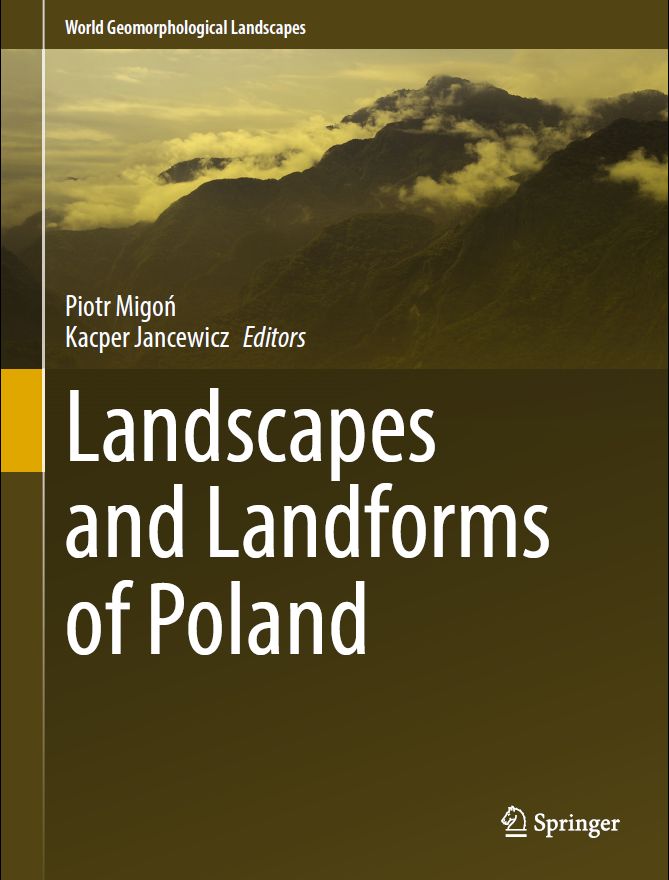
Landscapes and Landforms of Poland have been published as part of the World Geomorphological Landscapes publishing series. This comprehensive publication (748 p.), which includes overview chapters on the conditions constraining Poland’s geomorphological landscapes and landforms and nearly 40 regional studies, includes three chapters authored by the Institute of Earth Sciences at the University of Silesia staff. Two chapters on caves and geomorphological landscapes of two important karst areas in Poland – the Tatra Mountains and the Kraków-Częstochowa Upland – were written by Dr. hab. Jacek Szczygieł, Prof. UŚ, and Dr. Andrzej Tyc, respectively. In turn, Dr. hab. Renata Dulias, Prof. of the UŚ, is the author of a chapter on the anthropogenic landscape of the Silesian region, which can be considered a locus typicus for the occurrence of forms created as a result of human activity in Poland.
The book’s editors, Prof. Piotr Migon and Dr. Kacper Jancewicz from the University of Wroclaw took care of its high substantive and editorial level. The presented problems of geomorphological landscapes, relief, and its evolution in Poland are illustrated with numerous original drawings, photographs and maps. The book’s printed version will soon be available at the Earth Sciences Library.
Migoń P., Jancewicz K. (Eds) 2024. Landscapes and Landforms of Poland. World Geomorphological Landscapes. Springer, Cham., 748 p. https://doi.org/10.1007/978-3-031-45762-3
Dulias, R. (2024). Upper Silesian Region—An Example of Large-Scale Transformation of Relief by Mining. https://doi.org/10.1007/978-3-031-45762-3_21
Szczygieł, J. (2024). The Tatra Mountains—Host of the Deepest Caves in the Carpathians. https://doi.org/10.1007/978-3-031-45762-3_15
Tyc, A. (2024). Kraków-Częstochowa Upland—Monadnocks and Relic Caves in the Karst Landscape. https://doi.org/10.1007/978-3-031-45762-3_22





